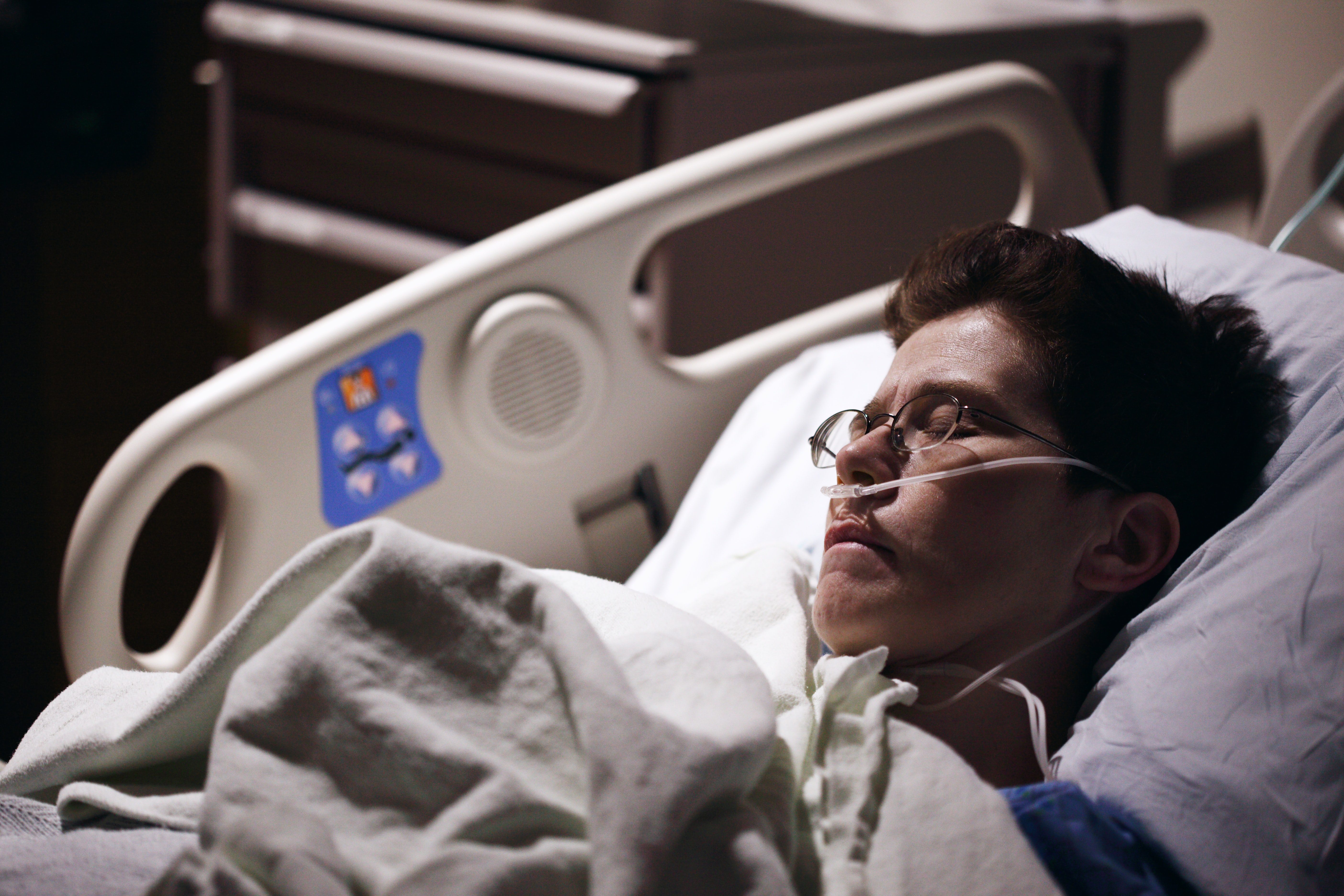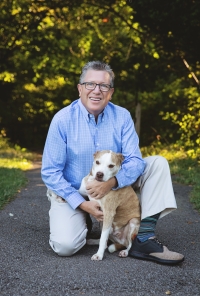Flip the Pillow
 Judy taught it to me, a simple trick that helps a patient feel a bit less like an object and more like a person. When I was practicing oncology in Wooster, Ohio, Judy was the hospital’s oncology nurse specialist and enterostomal therapist. She accompanied me on hospital rounds most days and was invaluable in facilitating communication, in discharge planning, and in making sure stuff got done. While making rounds, after we sat a patient forward so I could listen to their lungs, with her free hand she flipped the pillow over before helping them lay back down, now optimally positioned for comfort on the fresh, cool side. I kept that practice up for the rest of my clinical career; rarely would a patient or family member say anything about it, but they noticed.
Judy taught it to me, a simple trick that helps a patient feel a bit less like an object and more like a person. When I was practicing oncology in Wooster, Ohio, Judy was the hospital’s oncology nurse specialist and enterostomal therapist. She accompanied me on hospital rounds most days and was invaluable in facilitating communication, in discharge planning, and in making sure stuff got done. While making rounds, after we sat a patient forward so I could listen to their lungs, with her free hand she flipped the pillow over before helping them lay back down, now optimally positioned for comfort on the fresh, cool side. I kept that practice up for the rest of my clinical career; rarely would a patient or family member say anything about it, but they noticed.
When I was chief resident in internal medicine in Toledo, more years ago that I care to think about, I kept and often referred to an article listing pithy sayings and truisms relevant to the practice of medicine, witticisms that communicated essential truths. One of them said, “Remember, the patient is the one in the bed.” Well, DUH! But, far from being intuitively obvious, it summarizes one of the basic principles of all medical care: what we do, we do for the benefit of, in the interest of the patient. Hippocrates put it, “Into whatever houses I enter, I will enter to help the sick.” Notice that he did not emphasize that the physician’s goal was to cure or even treat the disease, but it was to help the sick one. Therapeutic interventions and disease management, though they require training and skill, should not be the primary focus; that focus must be the benefit of the patient.
Last week, during a six-month appointment with my internist, he said that the health care system he works in had given awards to two physicians because of excellence in systemism, in promotion of the organization. I get it; health care in the United States is big business, rife with issues of profit and loss, marketing and competition, product development and brand loyalty. But big business requires customers, those to whom products and services can be sold. And if awards are given, promotions handed out based on achieving the goals of the system as a business, how can the individual patient feel assured that billion-dollar behemoths have their personal benefit as a priority?
get it; health care in the United States is big business, rife with issues of profit and loss, marketing and competition, product development and brand loyalty. But big business requires customers, those to whom products and services can be sold. And if awards are given, promotions handed out based on achieving the goals of the system as a business, how can the individual patient feel assured that billion-dollar behemoths have their personal benefit as a priority?
This can only occur in the individual encounter: in the clinic, at the bedside, at the registration desk, in line at the pharmacy. Do the people that patients encounter make the effort to flip the pillow, to make them feel a bit like they are valued, not as part of a slogan posted around the facility, but as a person? Health care systems must give more than lip service and advertising space to encouraging and rewarding behavior that asks, understands, and actualizes the patient’s goals, interest, and benefit.
Of course, maybe we could all use a reminder about pillow-flipping. The medical arena is not the only venue in which people feel treated like objects. Could it be possible in our daily interactions: at the  supermarket checkout, driving on the freeway, or in a contentious meeting, that, in addition to being sure our needs are met and our opinions are heard, we can do or say a little something that acknowledges that we recognize the other as a person also? If we can do this then, as Jackie DeShannon sang in her 1969 song, Put a Little Love in Your Heart, the world will be a better place for you and me, you just wait and see.
supermarket checkout, driving on the freeway, or in a contentious meeting, that, in addition to being sure our needs are met and our opinions are heard, we can do or say a little something that acknowledges that we recognize the other as a person also? If we can do this then, as Jackie DeShannon sang in her 1969 song, Put a Little Love in Your Heart, the world will be a better place for you and me, you just wait and see.
Pillow photo by Anna Mai Wald, patient photo by Sharon MuCutcheon, both on UNSPLASH

